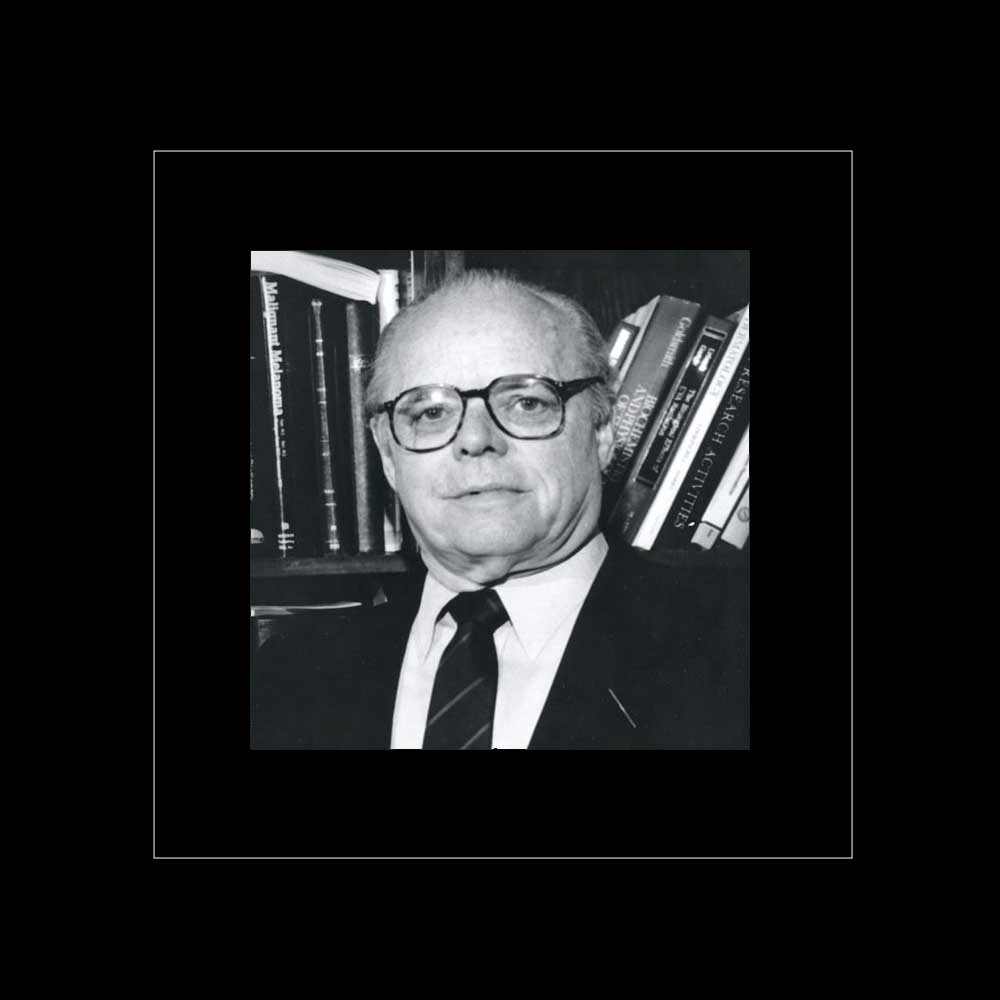Thomas B. Fitzpatrick MD, PhD (1919-2003)
When you hear the name Fitzpatrick in dermatology, you probably think of the Fitzpatrick Skin Type classification - and for good reason. But who was this man behind the classification that has become so ubiquitous in dermatology? As it turns out, he was a truly remarkable individual.
At just 32 years old, Fitzpatrick was appointed professor and chair of Dermatology at the University of Oregon, where he conducted groundbreaking research in melanocyte biology. Seven years later, he became the youngest professor and chair at Harvard Medical School - an impressive feat by any standard. But what made Fitzpatrick truly special were not just his scientific accomplishments. He was also a clinician par excellence, treating patients from all walks of life with the utmost care and attention. He never turned down a case, and patients of all backgrounds felt like they were the most important person in the world during their encounter with him, everyone received his undivided attention.
A testament to his keen eye for detail, Fitzpatrick was also known for carrying a magnifying glass in his watch pocket, which hung on a gold chain from a button of his jacket so he was always prepared to examine suspicious skin complaints at any given time. Fitzpatrick was not only a respected dermatologist, but he was also known for his love of quotations. He had a talent for collecting them and would often share them with readers of the Boston Globe in his "reflections of the day" column. Fitzpatrick himself also had a wonderful turn of phrase, with which he enthused his passion for dermatology to inspire students and fellow researchers alike. At the 1980 annual meeting of the American Academy of Dermatology, Fitzpatrick famously said, "Practicing dermatologists are like the woodwind section of the orchestra - small in number, difficult to master, but when they play, they must play well." This quote perfectly encapsulates Fitzpatrick's passion for the field and his belief in the importance of mastering the craft. It also hints at Fitzpatrick's other passion, music. As an accomplished pianist and an expert on Johannes Brahms, one of his achievements which he was particularly proud of was being elected to the board of directors of the Boston Symphony Orchestra (BSO) and in this capacity travelled the world in order to develop new ideas for "his BSO".

Scientifically he left an enormous footprint. He and his colleague (Aaron Bunson Lerner), not only conducted signature research on skin pigmentation (which spurred quite some travel in order to chase the sun and document its effects in Arizona, on the beaches in Puerto Rico and Mami, as well as in swimming pools in Sydney etc.) but they also worked on psoralen (which increases skin sensitivity to light), topical steroids in order to treat psoriasis (PUVA treatment), dermatitis and other skin disorders. His research, particularly the PUVA treatment for psoriasis led to much acclaim, and when the wife of a Hollywood movie producer (Wellman) was successfully treated with PUVA for her debilitating psoriasis, Mr. Wellman donated over 1 million dollars, enabling Fitzpatrick to invest in his research center which later was called the Wellman Center.
However, his most enduring legacy is undoubtedly the skin phototypes that he developed in 1975 and which were based on a person's skin color and responses to sun exposure in terms of burning and tanning. First he classified only the skin types I, II and II, which became well accepted in phototherapy for skin diseases. Later on the skin types were expanded to 6 types. These classifications are now used worldwide to assess the risk of photodamage and skin cancer, as well as to guide cosmetic dermatology procedures.
In short, Fitzpatrick was an extraordinary individual who left an indelible mark on dermatology and beyond. His dedication to his patients, his passion for music and his scientific breakthroughs will continue to inspire generations to come.




